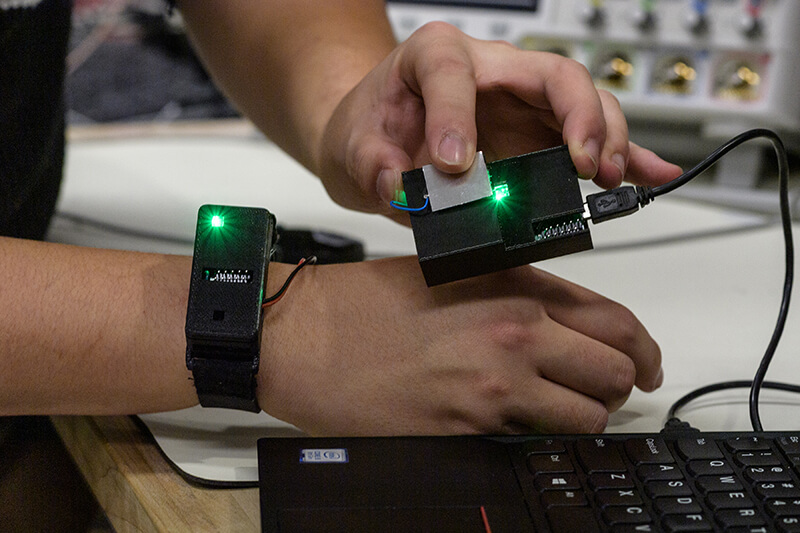(Major breakthrough: Copenhagen researchers can now achieve ‘quantum advantage’)
2020/12/9 デンマーク・コペンハーゲン大学

・ コペンハーゲン大学のニールス・ボーア研究所とドイツ・ルール大学ボーフム校が、未来の量子シミュレーターの構成要素として利用できるナノチップを開発。
・ 人間の毛髪の 1/10 を下回るサイズの同ナノチップは、量子情報として大量のデータの記憶に利用可能な数百個の光子(フォトン)を生成する。スケールアップにより、量子デバイスが世界最強のスーパーコンピューターを超える速さで問題を解決する「量子超越性」の達成が期待できる。
・ 古典的コンピューターの性能を超える量子シミューレーター開発を促進するツールを獲得し、Googleに続いて量子コンピューター開発競争に参入する。
・ 「量子超越性」の達成には、大学の研究予算では賄えない実験設備の使用により約 50 個の量子ビット(qubit: quantum bit)の同時制御が可能であることが必須であるが(Google は超伝導 qubits で実施)、これには 1 千万ユーロのコストがかかる。
・ 当面は同ナノチップを使用した高度な量子シミュレーターの開発を継続し、新薬開発に役立つ複雑な生化学的課題の解決に取り得組む。「量子超越性」を実現するフォトニック量子シミュレーターの開発に注視した、アカデミアと産業パートナーによる強固な欧州のコンソーシアムの設立を目指す。
・ 世界では「量子構成要素」として原子、電子または光子のいずれかを利用した量子コンピューターの qubit 開発が進んでいるが、それぞれに長所と短所があり、確実に成功する技術を予測することは困難である。
・ 光ベースの量子コンピューターの最も有利な点は、電気通信産業用に高度なフォトニックチップが開発されており、大量の qubits へのスケールアップのための技術がすでに存在していること。フォトンqubits 生成での最大の課題は十分な高品質の確保だが、今回のブレイクスルーはこれを達成したもの。
・ デンマークと欧州が有する量子オプティック研究分野での優れた実績、強健な電気通信産業とインフラといった強みをフォトニック量子コンピューター開発の大規模なイニシアティブに集約し、基礎的な量子物理学から新しい技術アプリケーション開発へのプロセスの一部を担いたいと考える。
・ 本研究には、デンマーク国立研究財団(DNRF)、欧州研究会議(ERC)およびデンマーク科学技術イノベーション省(DASTY)が資金を提供した。
URL: https://news.ku.dk/all_news/2020/12/major-breakthrough-copenhagen-researchers-cannow-achieve-quantum-advantage/
<NEDO海外技術情報より>
(関連情報)
Science Advances 掲載論文(フルテキスト)
Scalable integrated single-photon source
URL: https://advances.sciencemag.org/content/6/50/eabc8268
Abstract
Photonic qubits are key enablers for quantum information processing deployable across a distributed quantum network. An on-demand and truly scalable source of indistinguishable single photons is the essential component enabling high-fidelity photonic quantum operations. A main challenge is to overcome noise and decoherence processes to reach the steep benchmarks on generation efficiency and photon indistinguishability required for scaling up the source. We report on the realization of a deterministic single-photon source featuring near-unity indistinguishability using a quantum dot in an “on-chip” planar nanophotonic waveguide circuit. The device produces long strings of >100 single photons without any observable decrease in the mutual indistinguishability between photons. A total generation rate of 122 million photons per second is achieved, corresponding to an on-chip source efficiency of 84%. These specifications of the single-photon source are benchmarked for boson sampling and found to enable scaling into the regime of quantum advantage.



